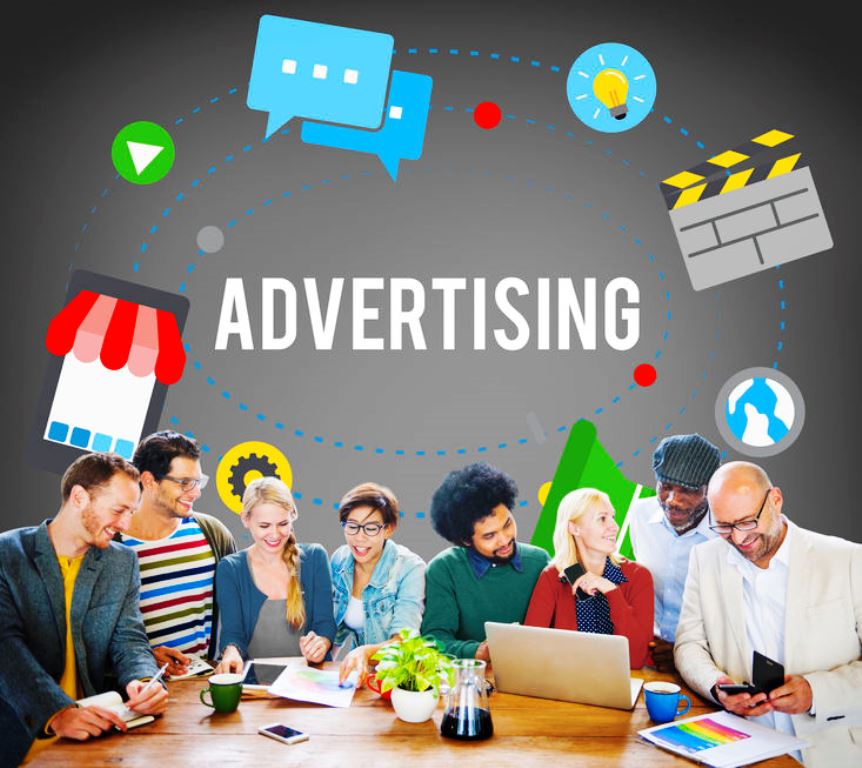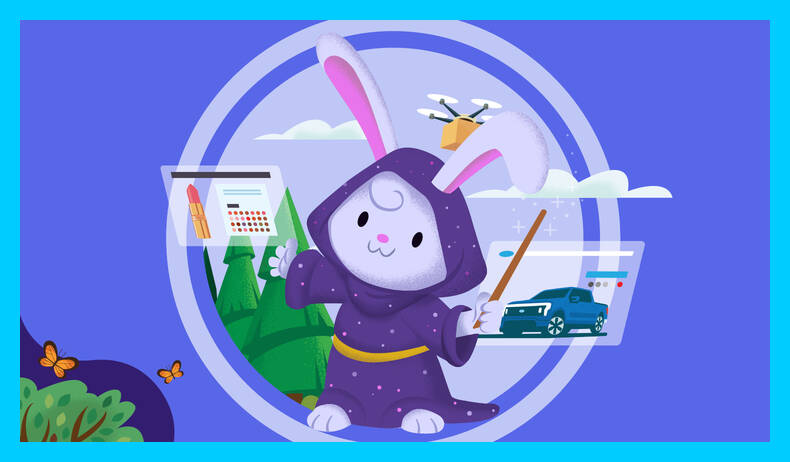Ever wondered why you see an ad for Samsung Galaxy A9 phones while reading a story about the forthcoming launch of Apple iPhone 7 on a tech news site? Call it smart advertising and right targeting if you wish. But a new technology called ‘Programmatic Advertising’ (also Programmatic Ad Buying) has enabled that in a jiffy. And it beats the old approach which is reserved (or traditional) media buying. Ad networks are passé. Real time bidding and digital ad exchanges are in.
Programmatic advertising is all about audience discovery and right targeting. Brands now want to do very specific targeting. They want to select publishing platforms that can bring in the targeted audiences they seek. For instance, a bank or financial services company will want to advertise in a newspaper or on a website that is read by investors and high net-worth individuals. They would also like to select the right medium for the ads – targeting millennials for instance, means advertising on social media or on mobile apps. And this is what programmatic advertising technology can accomplish.
Traditionally, this matchmaking was done by human media planners and the process involved RFPs, human negotiations and manual insertion orders. Digital ads were bought and sold by human ad buyers and salespeople. It relied on human judgement and hence the choices made were not very accurate. Humans are expensive too!
But programmatic advertising is a new and more efficient way to do this. It relies on automation and the use of software to purchase digital advertising. Essentially, it is about using machines to buy ads. Programmatic advertising technology promises to make the ad buying system more efficient, and therefore cheaper, by eliminating humans from the process wherever possible.
Do we still require humans?
While technology is being used to replace some of the more menial tasks that humans have historically had to handle, like sending insertion orders to publishers and dealing with ad tags, they’re still required to optimize campaigns and to plan strategies. Programmatic technology will probably mean fewer ad buyers in the world, but it could also allow both marketers and sellers to spend more of their time planning sophisticated, customized campaigns instead of getting bogged down in bureaucracy.
Ashish Shah, Founder & CEO, Vertoz says: “The output that we get from technology will be much wider than what a media planner offers. So we need to have a combination of (human) media planner and technology. While a machine would provide the speed and accuracy, the human touch is always required.”
Vertoz is a programmatic company that offers advertising and monetizing solutions. The company’s Ingenious Plex, proprietary technology and advanced capabilities empower advertisers and publishers – on one platform.
It monetizes traffic from all verticals and geographies to earn the best ROI for its customers. The company’s high flying traits include premium traffic quality, precise targeting, real-time tracking and detailed analytics.
“Most clients look for agencies which can give them complete digital assistance. The only aspect missing (with us) was that we do not have an in-house media buying and planning division, and this was essential for us to get into consolidated accounts. That’s where Vertoz (and programmatic ad buying) came into play,” said Veera Ghyara, Co-Founder, Webmaffia.
Webmaffia is a digital agency with a strong foothold in creative thinking and execution. It has an impressive portfolio and has done exemplary projects for Indiabulls Group, Cadbury (Mondelez India Foods), Kaya Skin Clinic, Marico and others.
The Ozone Group, a real-estate developer based in Bengaluru, has also benefitted from programmatic ad buying.
Muthanna B M, Associate VP – Marketing at Ozone Group said: “Lead generation efforts on the existing marketing mediums had hit a flat line. The time was ripe to test out newer mediums of outreach to ensure that we always stood one step ahead of our competition. Programmatic provides us the ability to reach out to users using a comparatively new source and keeping in mind our engaging offering; it becomes fairly easy for us to capture leads. That said, we have seen a good hike in the lead inflow, which then helps us translate into more investment (budgets) into such future ready targeting mediums. All this helped in solving problems, delivering objectives profitably and to achieve our targets.”
Auctions and real-time bidding is what has helped make a difference in the ad buying process – on both the demand (advertiser) and supplier side (publisher).
Real-time bidding
Real-time bidding is a type of programmatic ad buying. RTB enables purchase of ads through real-time auctions, but programmatic software also allows advertisers to buy guaranteed ad impressions in advance from specific publisher sites. This method of buying is often referred to as Programmatic Direct.
Traditionally, publishers and advertisers sold and bought online ads through ad networks such as Google Adsense, Media.net, BuySellAds, Clicksor, Conversant, and Adblade. But there is a shift to the modern ad exchange – a digital market place. Think of an ad exchange as a big pool of ad inventory. Ad exchanges let advertisers buy ads across a range of sites, all at once, as opposed to negotiating buys directly with specific publishers. So it’s a more effective and efficient way to buy and sell advertising.
So here’s how it works. As an ad impression loads in a user’s Web browser, information about the page it is on and the user viewing it is passed to an ad exchange, which auctions it off to the advertiser willing to pay the highest price for it. The winning bidder’s ad is then loaded into the web page nearly instantly; the whole process happens in a few milliseconds. Advertisers typically use demand-side platforms (DSPs) to help them decide which ad impressions to purchase and how much to bid on them based on a variety of factors, such as the sites they appear on and the previous behavior of the users loading them.
Myntra might recognize that a user has previously been on its site looking at a specific pair of shoes, for example, and therefore may be prepared to pay more than Amazon or Snapdeal to serve ads to him. The price of impressions is determined in real-time based on what buyers are willing to pay, hence the name ‘real-time bidding.’
“The key benefit of this technology for the advertiser is more transparency. The advertiser knows exactly where his advertising money is being spent. Secondly, they get more granular information about their audiences. There is more accountability for campaigns. This conversion tracking mechanism wasn’t available in print, television or radio. The publisher gets more value for their inventory,” said Ashish.
Ad exchanges are supposedly more transparent than ad networks because they enable a buyer to see exactly what price impressions are being sold for. In fact, many ad networks now buy their inventory from exchanges.
A publisher that has more credibility in the market, can increase the bid for its inventory. The advertiser will bid for that inventory. Based on the number of advertisers bidding, and how much they are willing to pay for that inventory, the publisher will get an idea of the best value of the inventory. Of course, the publisher can decline advertisers who are not ready to pay the minimum or floor price for that inventory. But the publisher can also adjust the floor price depending on the type of demand for its inventory.
At every impression request the publisher will get a probability of getting higher price for its inventory – and can hence maximize his earning potential. “It (programmatic ad buying) helps in instilling confidence into the minds of our clients who are looking for a one stop shop where all their requirements will be fulfilled,” asserts Webmafia’s Veera.
Conclusion
Programmatic advertising and real time bidding offer some clear benefits for both advertisers and publishers. But how have these technologies and platforms been accepted in India and also elsewhere in the world?
“The shift from traditional media buying to programmatic ad buying is starting to happen in India, but we are in the learning phase right now. Once the brand managers understand this technology, they will adopt it. In India, advertisers are spending heavily on search and display ads, whereas in the West, they are moving to new formats like video ads. We are also seeing a shift to mobile ads in South East Asian counties like Singapore,” said Ashish.
—————————————————————————————–












